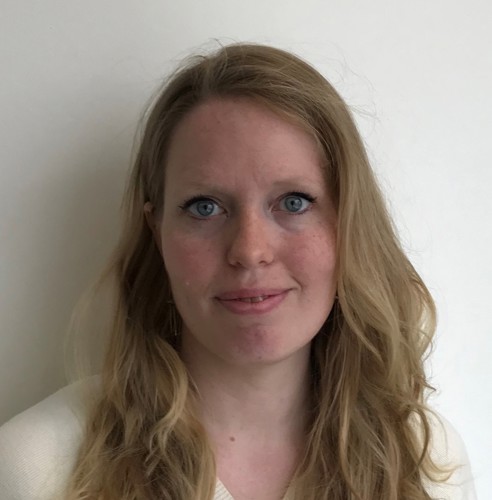Astrid Skov Midtiby
Department of Clinical Genetics

Identification of the underlying genetic mechanisms in patients with skeletal dysplasias to improve diagnosis, genetic counseling and patient follow-up
Skeletal Dysplasia (SD) is a group of diseases characterized by congenital malformations affecting bones, joints, growth and development. Overall 1 out of 5000 children are born with SD, but since this group of diseases is very heterogenic, both clinically and genetically, many subtypes of SD are extremely rare, which makes diagnosis very challenging.
Overall, 1/3 of patients with SD lack a genetic diagnosis. This is a problem, since patients with SD have complex health issues and a high risk of comorbidities. Due to this, knowledge of the underlying genetic mechanism, causing the patient’s SD, is of big importance; both regarding the genetic counseling of the patient and family, but also in planning the patient’s follow-up and relevant medical examinations. Because of this, a genetic diagnosis can make a big difference for the patient and family.
We have knowledge of >350 genes related to development of SD. One of the most well-known and welldescribed SD is achondroplasia (dwarfism), which is an autosomal dominant disease caused by variants in the gene FGFR3. Until recently, patients with achondroplasia have not had any offer regarding curative treatment of their SD. But new knowledge of the underlying genetic mechanism, causing achondroplasia, have changed this, since patients now can be offered a possible treatment, which currently is being tested in Denmark. Thus, achondroplasia is an example of a type of SD, in which knowledge of the causing genetic mechanism is being used to perform treatment via personalized medicine. This is another example of a great medical advantage achieved by knowing the underlying genetic cause of a disease.
It is estimated, that approximately 100 patients in Denmark are clinically diagnosed with SD but are lacking a genetic diagnosis. Of these, approximately 30 patients are followed at Center for Rare Diseases, Righospitalet and approximately 10 are followed at H. C. Andersens’ Childrens Hospital, OUH. Furthermore, we have obtained DNA-material from 15 aborted fetuses, clinically diagnosed with SD, but also lacking a genetic diagnosis.
We wish to include the above-mentioned subjects in this study, both patients and aborted fetuses with SD but without a genetic diagnosis. One of the SD we wish to examine is the extremely rare FATCO syndrome; less than 20 patients with this SD have been described worldwide. We have identified three unrelated patients with FATCO syndrome, which gives us a unique chance to investigate the underlying genetic mechanism of this extremely rare disease. The subjects included in this project will be examined with comprehensive genetic examinations (whole genome sequencing). We hope to identify the underlying genetic cause of the patient’s SD, and hereby improve both the medical follow-up, relevant examinations and the genetic counseling of the patient and family.
Our group has the relevant experience and background to complete this project. The PhD student, Astrid Skov Midtiby, MD, has relevant clinical experience from both pediatrics and clinical genetics; both head- and co-supervisors also have relevant clinical and research experience from both clinical genetics and pediatrics. Furthermore, we have established collaboration with other relevant medical professionals, e.g. doctors specialized in fetal medicine (Professor, PhD Olav Bjørn Petersen, Rigshospitalet and consultent, PhD Lene Sperling, OUH).
We find it relevant to perfom this study now, due to the possibily to perform comprehensive genetic testing (whole genome sequencing) of the patients, which makes establishing a genetic diagnosis a possibility. Establishing a genetic diagnosis is of huge importance and advantage for the individual patient and family, why we wish to complete this project.
